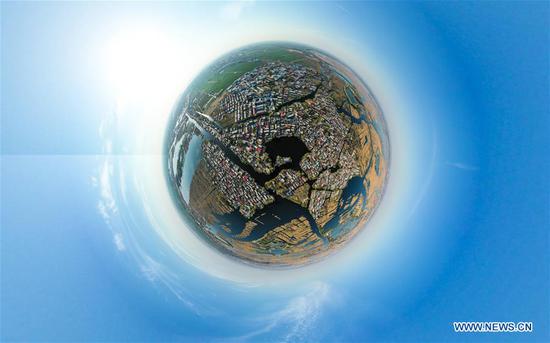The World Health Organization (WHO) unveiled a latest report on Thursday explaining, with statistics, why women outlive men everywhere in the world, particularly in wealthy countries.
For the first time the WHO's World Health Statistics 2019 has broken down data by age, sex and income group, which is "vital for understanding who is being left behind and why," according to WHO Director-General Tedros Adhanom Ghebreyesus.
The report shows that attitudes of men and women to healthcare differ, as men often seek health care less than women when they face the same disease. For example, in countries with generalized HIV epidemics, men are less likely than women to take an HIV test, less likely to access antiretroviral therapy and more likely to die of AIDS-related illnesses than women. Similarly, male TB patients appear to be less likely to seek care than female TB patients.
That may explain that the gap between men's and women's life expectancy is narrowest where women lack access to health services.
Meanwhile, life expectancy remains strongly affected by income. In low-income countries, life expectancy is 18.1 years lower than in high-income countries between 2000 and 2016.
In low-income countries, where services are scarcer, one in 41 women dies from a maternal cause, compared with one in 3,300 in high-income countries. In more than 90 percent of low-income countries, there are fewer than four nursing and midwifery personnel per 1,000 people.
The report also highlights the difference in causes of death between men and women. Of the 40 leading causes of death, 33 causes contribute more to reduced life expectancy in men than in women. In 2016, the probability of a 30-year-old dying from a noncommunicable disease before 70 years of age was 44 percent higher in men than women.
To make it worse, global suicide mortality rates were 75 percent higher in men than in women in 2016. Death rates from road injury are more than twice as high in men than in women from age 15, and mortality rates due to homicide are four times higher in men than in women.
By analyzing the disaggregated data based on gender, the WHO said the report highlights the need to improve access to primary health care worldwide and to increase uptake.
"One of WHO's triple billion goals is for one billion more people to have universal health coverage by 2023," said Tedros. "This means improving access to services, especially at community level, and making sure those services are accessible, affordable, and effective for everyone -- regardless of their gender."


















































